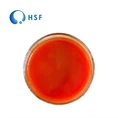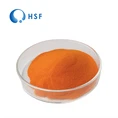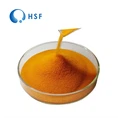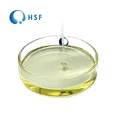Coenzyme Q10 is a fat-soluble antioxidant, one of the essential elements of human life, which can activate the nutrition of human cells and cell energy. It exists in every cell of the human body, and its main function is to drive human cells to produce energy, especially to strengthen the heart function and relieve hypoxia, so it is called "the source of heart vitality".

Coenzyme Q10 content in the human body
The total content of CoQ10 in the human body is only 500-1500mg, and it decreases with age. The content of CoQ10 in human organs peaks at the age of 20 and then declines rapidly. A 77-year-old has 57% less CoQ10 in the heart muscle than a 20-year-old.
Human organs are the main points of existence of coenzyme Q10, and the content of organs with vigorous metabolism will be higher. The heart content is about 118mg/ml, the kidney is about 65mg/ml, the liver is about 58mg/ml, the pancreas is about 40mg/ml, the thyroid is about 30mg/ml, and the brain is about 17mg/ml.
The intracellular distribution of CoQ10 is: 25-30% in nucleus, 40-50% in mitochondria, 15-20% in microsomes, 5-10% in cytoplasm.
Antioxidant effect of coenzyme Q10
Free radicals are intermediate metabolites of various biochemical reactions in human life. Free radicals in the body can be endogenous or exogenous. Under physiological conditions, mitochondria are the main source of free radicals in the body. Free radicals are extremely active and unstable, and have the property of robbing electrons from other substances to stabilize their original unpaired electrons, thereby causing harm to the body. Free radicals easily attack cell membranes, proteins, enzymes and nucleic acids, which is also the direct reason why free radicals are easy to cause damage to the body.
Coenzyme Q10 can provide electrons to restore the stability of free radicals. The aging process of the human body is mainly due to the oxidation of free radicals, and the antioxidant properties of coenzyme Q10 can be used as a beauty agent for young people.





